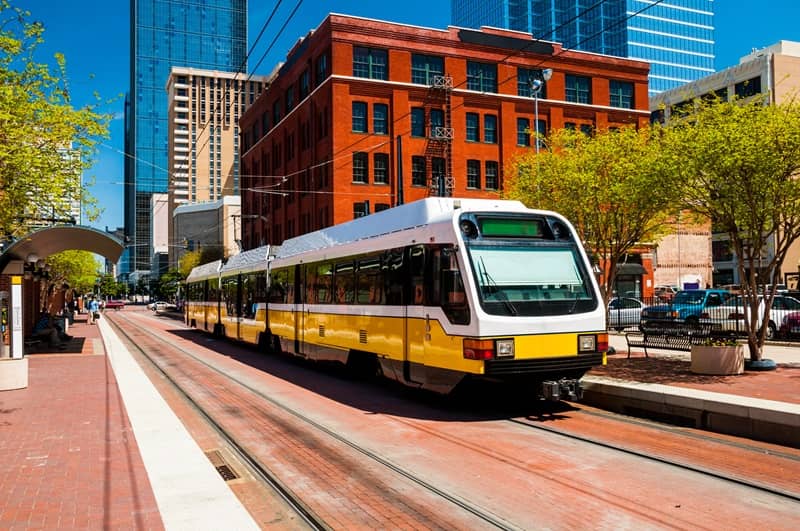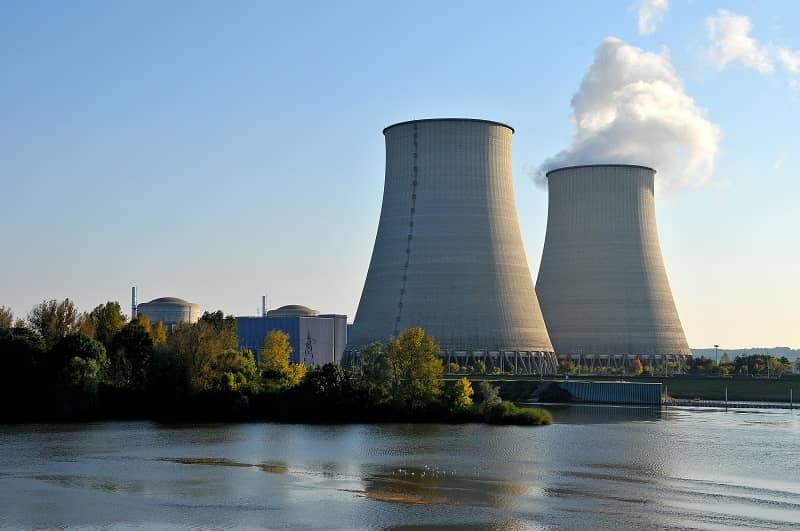

A new task force has been appointed to review Oregon’s statewide land-use planning program. This is the first opportunity in 33 years for citizens to address basic concerns about planning, zoning and property rights.
One of the first questions the task force should ask is why the Oregon program is so focused on farmland preservation. More than 17 million acres of private land in Oregon are locked up in agricultural zoning, despite the fact that some of that land is much more valuable for other uses.
It’s not as if we have a national shortage of farm commodities; in fact the nation is awash in agricultural surpluses. Farmers routinely over-produce because states like Oregon preserve too much land for agricultural production, and Congress rewards the excess through large cash payments. Federal farm subsidies cost taxpayers $23 billion last year.
Yesterday’s Wall Street Journal reports on a growing, bi-partisan movement in Congress to cut back on these payments. If Congress can begin to make these tough decisions, the Oregon legislature can as well. Allowing less-productive land to be converted to non-agricultural uses would generate valuable cash for farmers, and inject more economic life into rural communities.
It’s time to let farmland owners decide what the best use of their own land is. Perhaps we can call it freedom zoning.
© 2006, Cascade Policy Institute. All rights reserved. Permission to reprint in whole or in part is hereby granted, provided the author and Cascade Policy Institute are cited. Contact Cascade at (503) 242-0900 to arrange print or broadcast interviews on this topic. For more topics visit the QuickPoint! archive.











